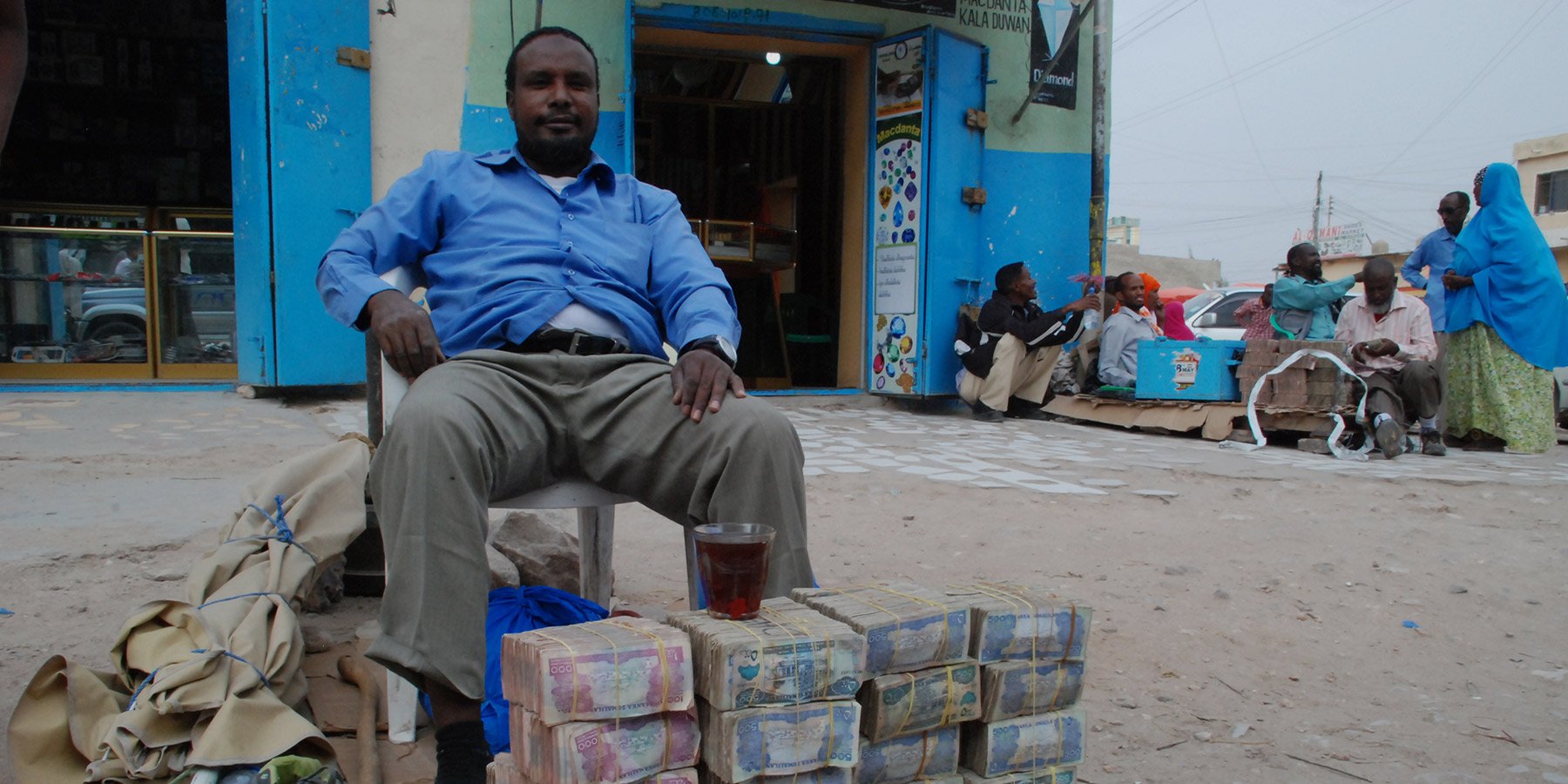Discover Somaliland
Whilst the name ‘Somalia’ is synonymous with war, anarchy and piracy on the high seas, Somaliland is a very different prospect. Having declared independence from the remainder of the war torn nation in 1991, it has prospered and avoided the violence that mars the region to the south-east. The intrepid outsiders who come here find a surprising and delightful country with enduring links to its colonial past as British Somaliland and discover that exploring the fascinating historic sites of the nation is richly rewarding. These range from arguably Africa’s most significant Neolithic rock art caves to wandering the ruined city of Ferdusa and admiring the once splendid architecture of Berbera’s ancient port.
What to see on our
Somaliland Group Tours
• Discover the unknown delights of Somaliland, an unrecognised state with much to offer the Africa enthusiast
• Explore Hargeisa, the capital and visit the markets
• Travel to the caves of Las Geel, where rock art dating back 5,000 years has been found – one of the best-preserved examples in all of Africa
-
Although many of our tours are small group adventures with set departures, as a bespoke operator, we can design and create trips to suit any traveller, from solos to larger groups.
Most of our popular group tours are available on a private basis, allowing you the freedom to decide on when you would like to travel. Below we have given some sample pricing based on one or two people travelling. To find out more about organising this tour on a private basis, or arranging the perfect holiday tailored to your requirements get in touch with our well-travelled team. Contact us by phone or email.
Somaliland Uncovered
7 Days Private Tour price based on one person travelling - from £2,950
7 Days Private Tour price based on two people travelling, sharing twin or double accommodation - from £2,650pp
Our Tours
Somaliland
Somaliland Uncovered
Small Group Tour
7 Days from £2,415
Feedback from our Travellers
Best Time to Visit
The best time to visit Somaliland is from November through March, during the drier, cooler months.
Jan
Feb
Mar
Apr
Sep
Oct
Nov
Dec
Best
Mixed
Poor
Aug
May
Jun
July





